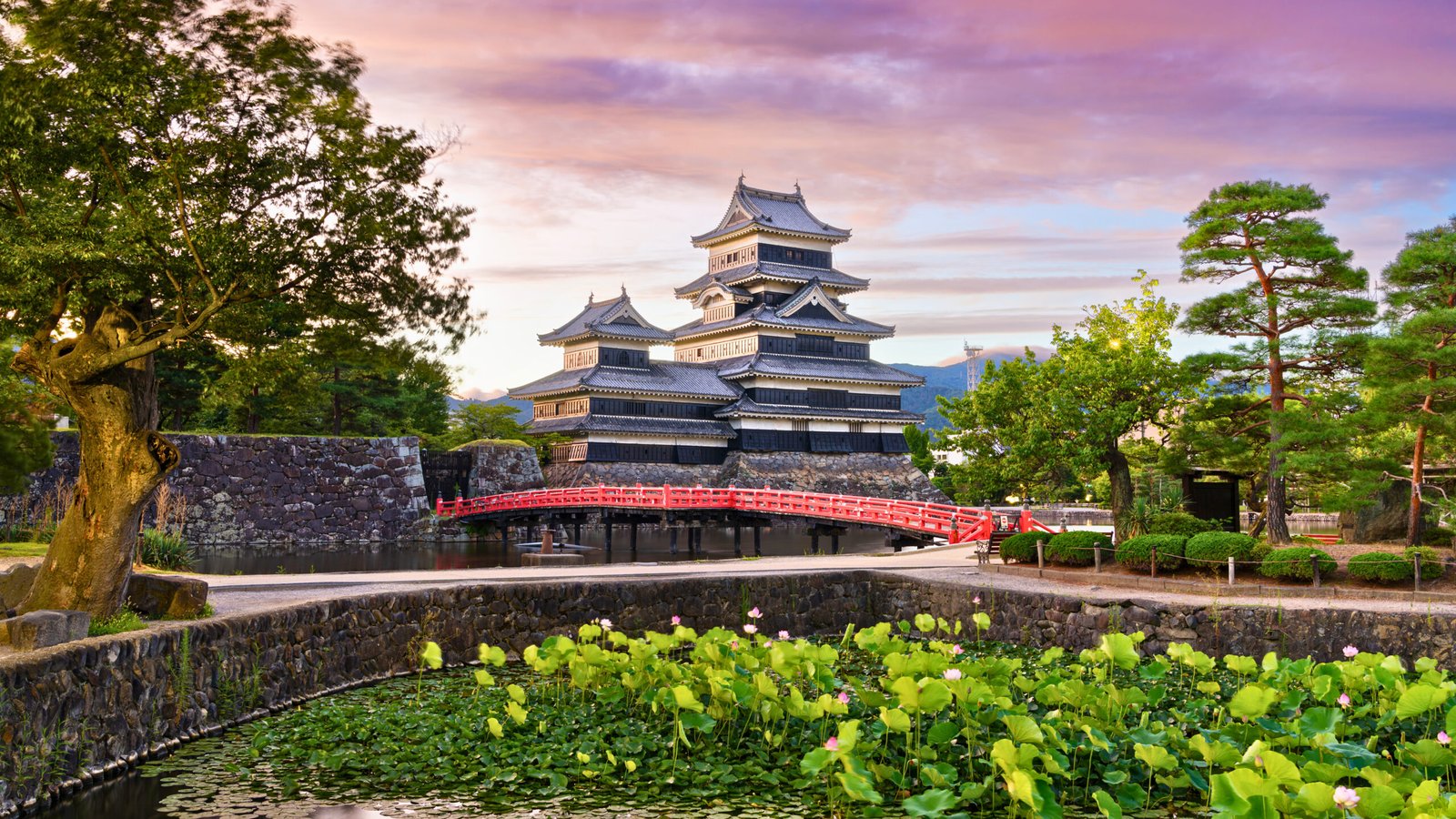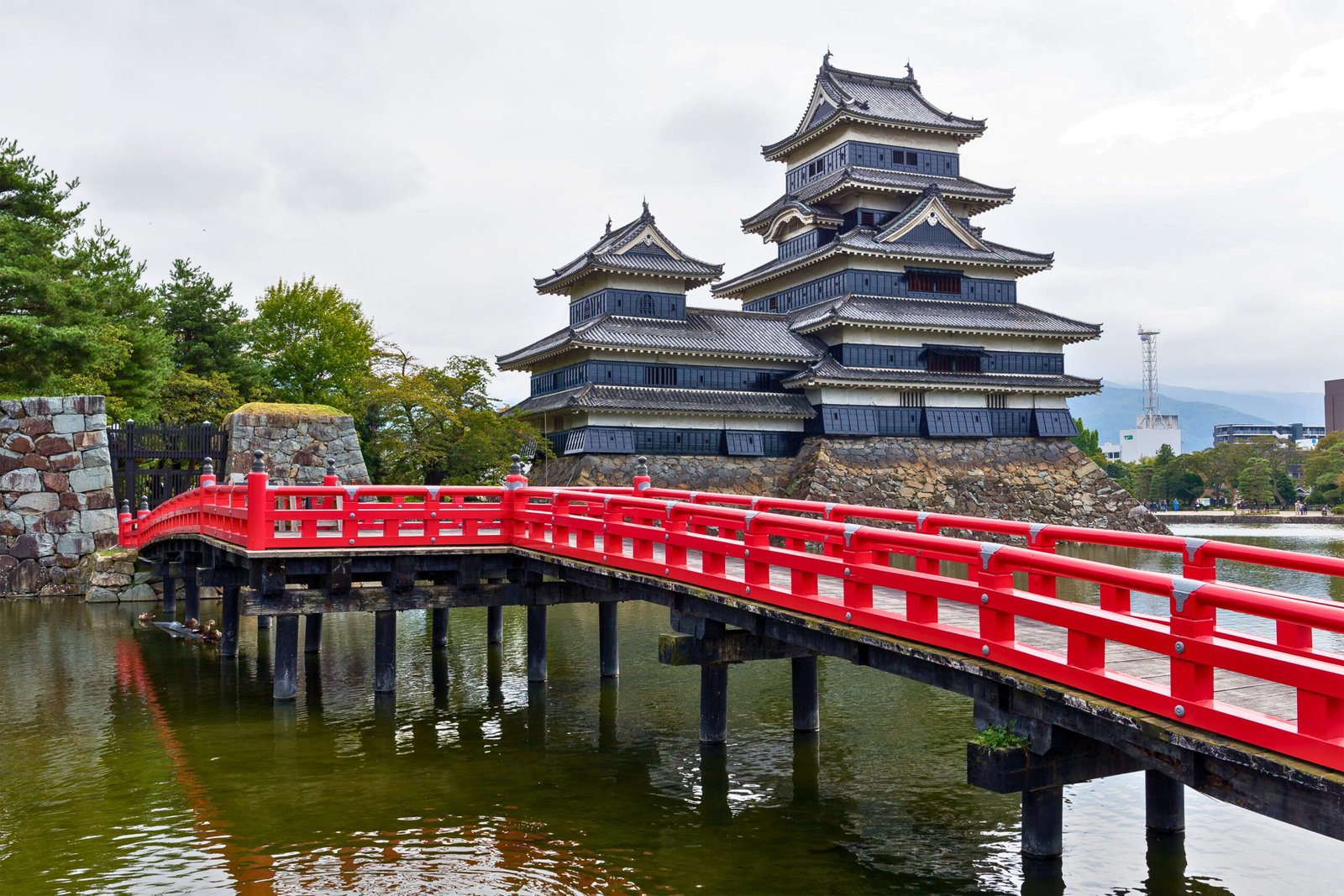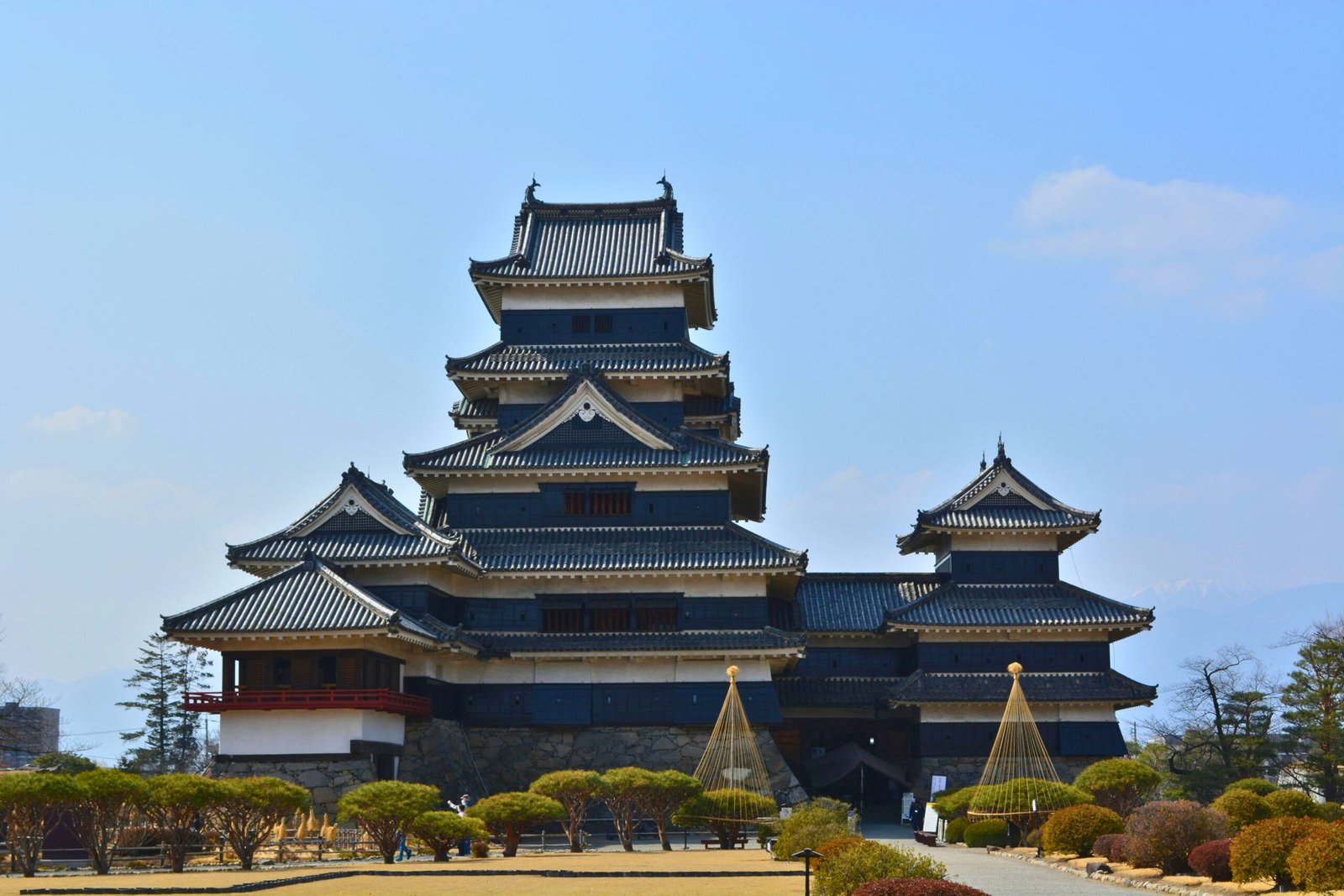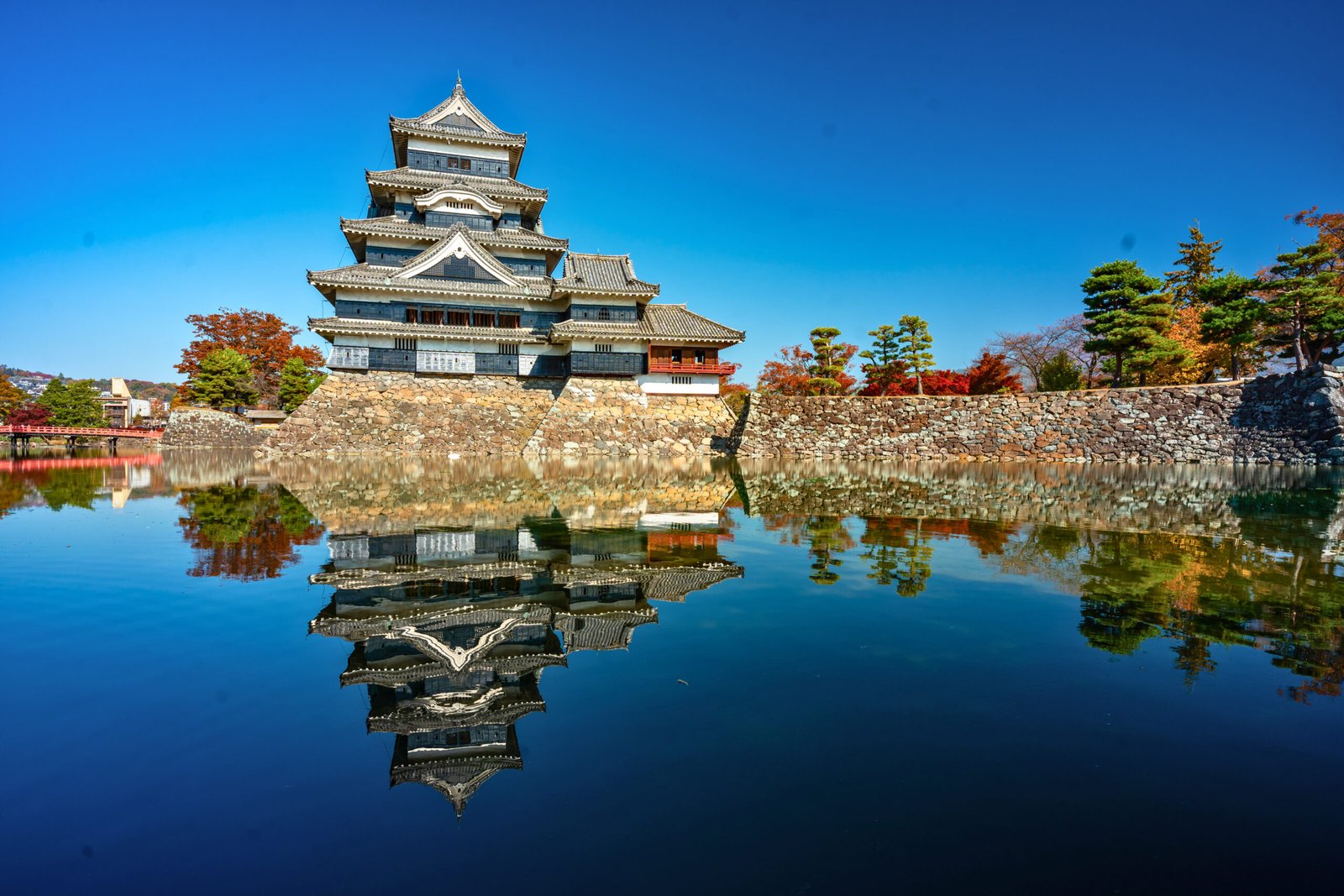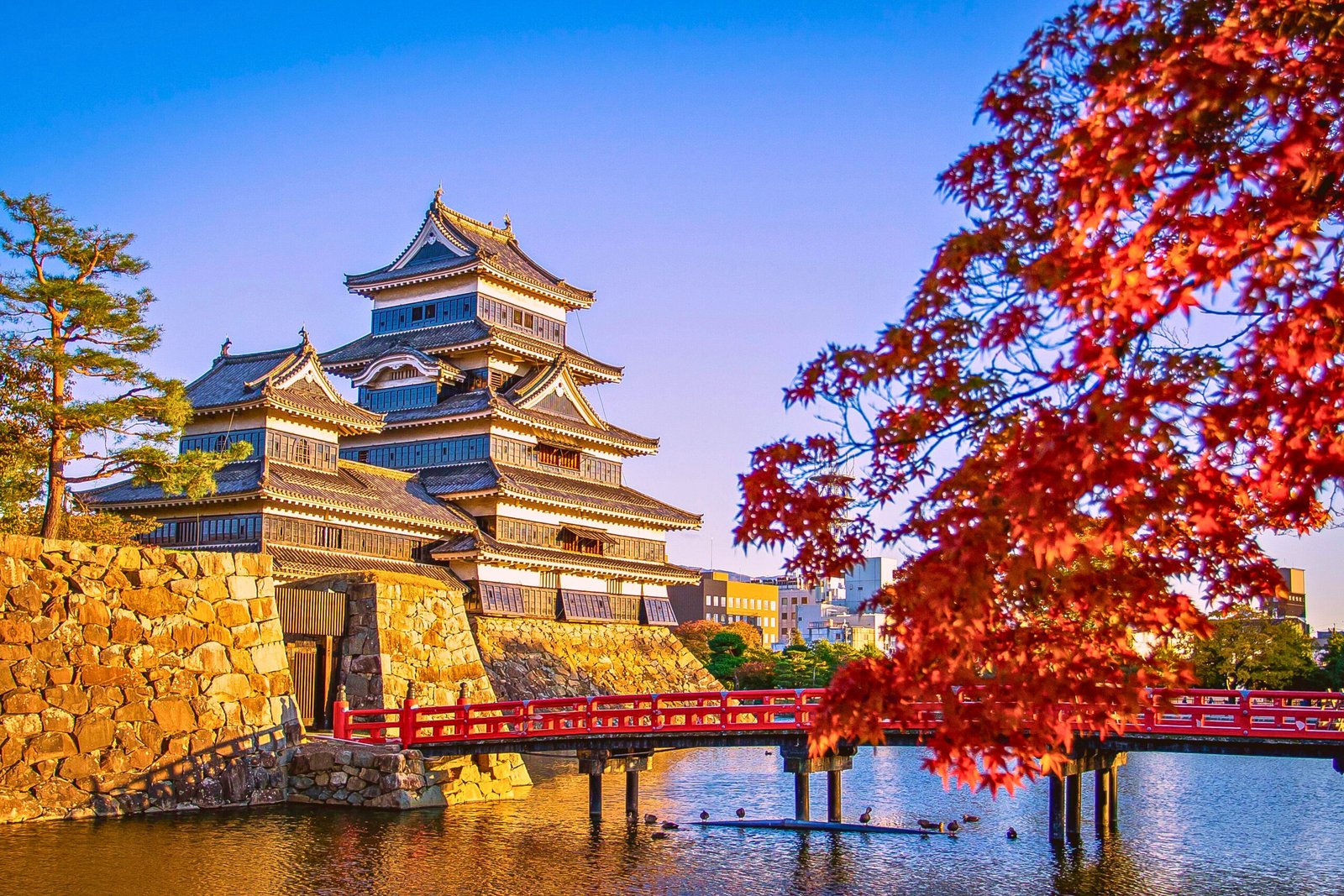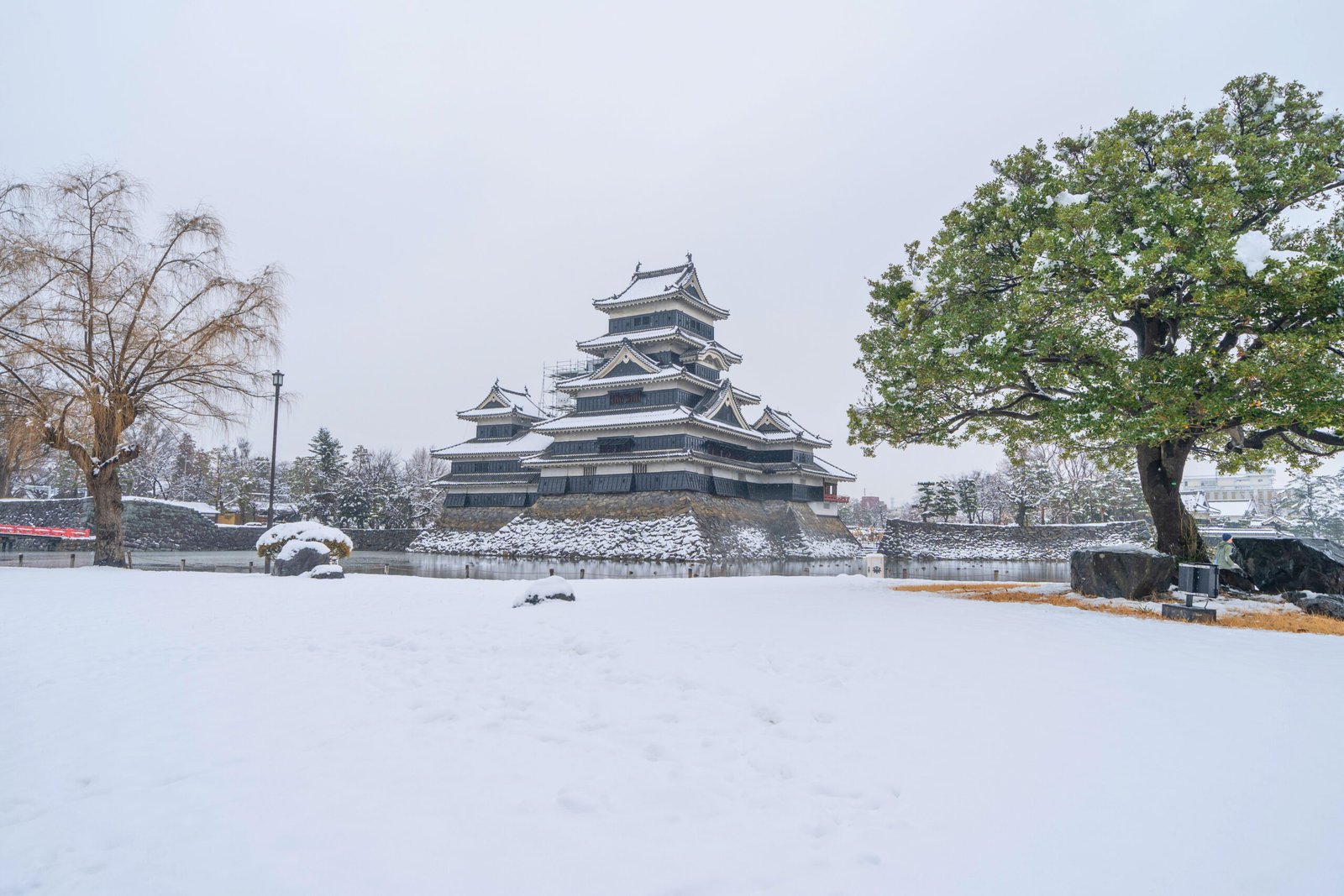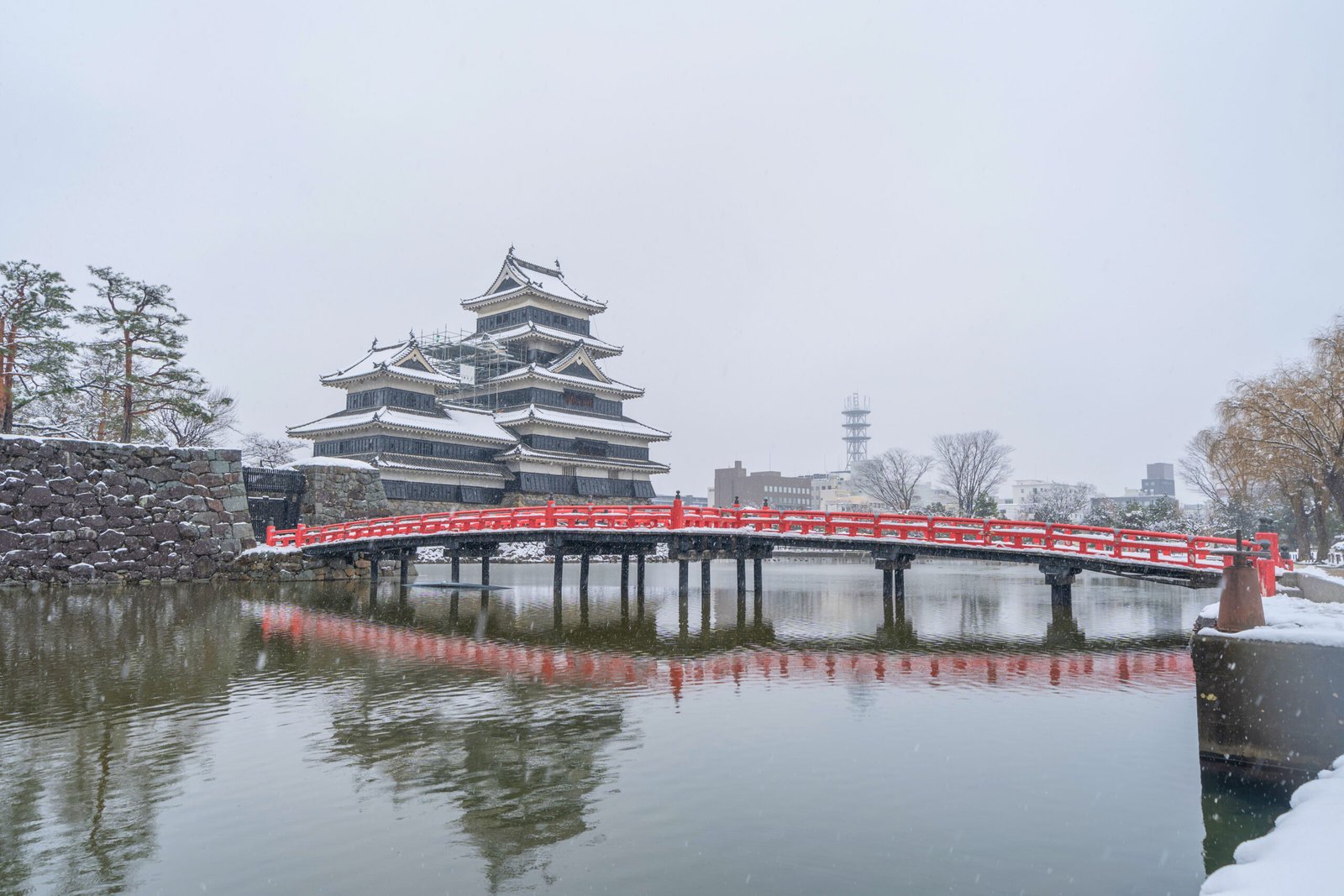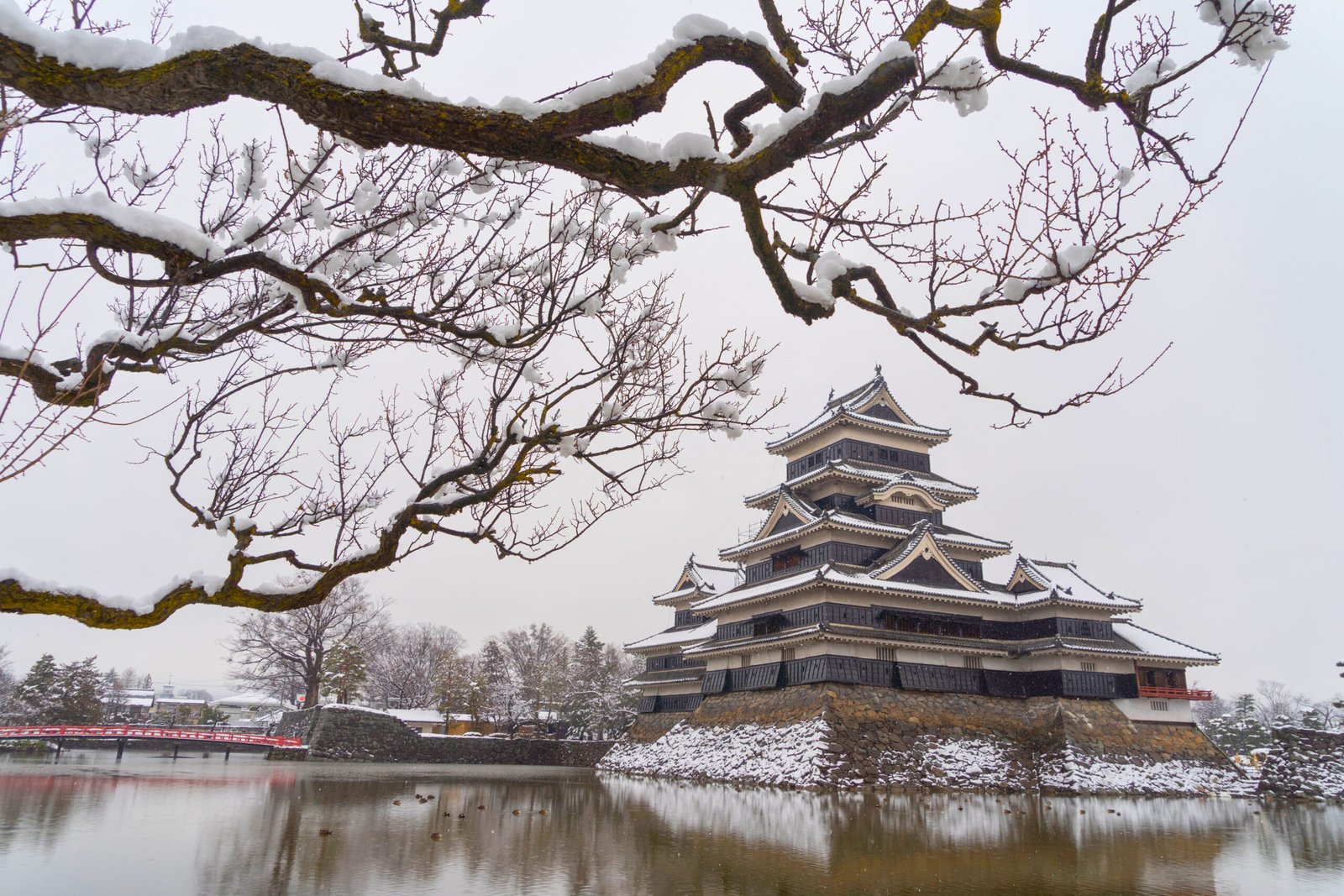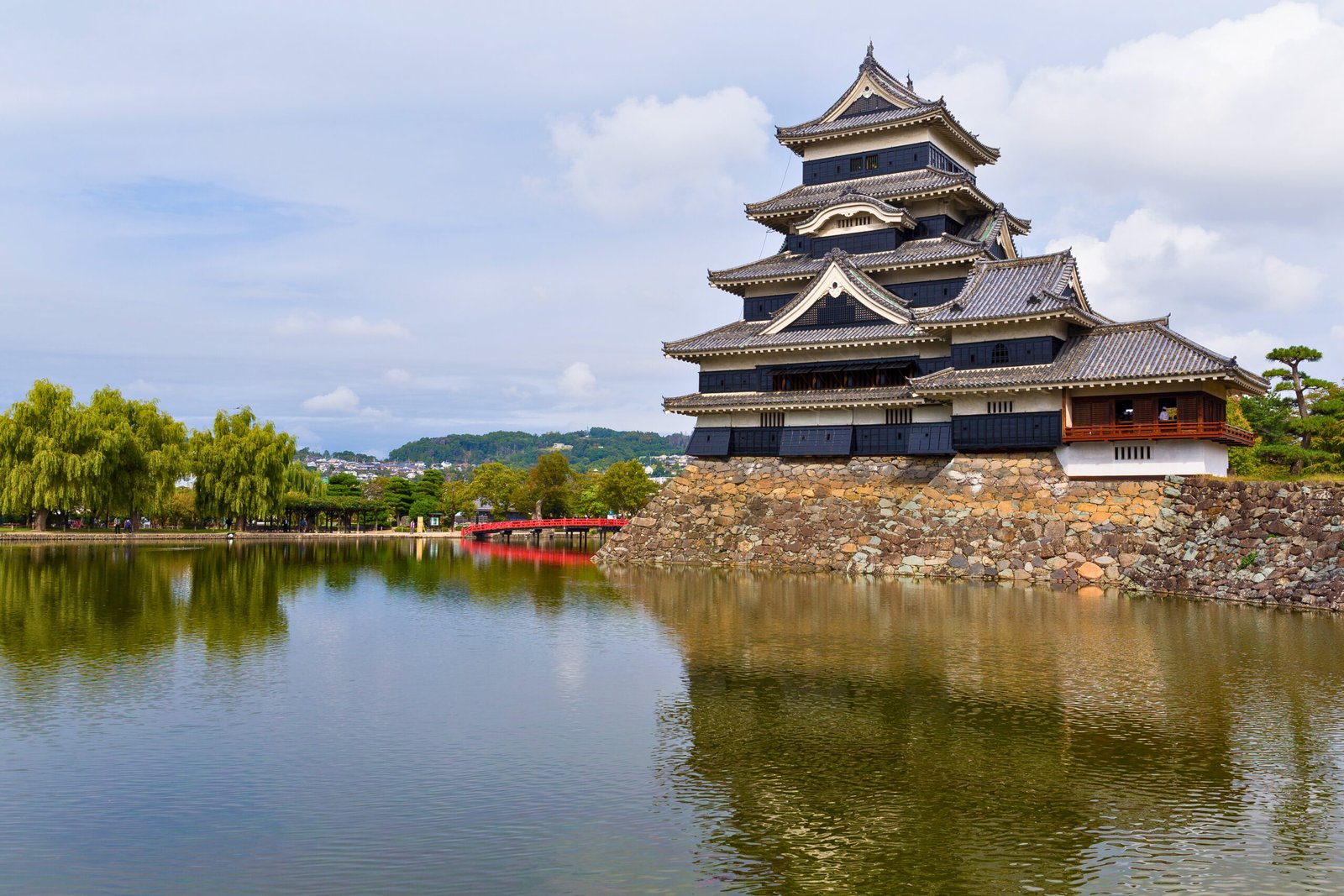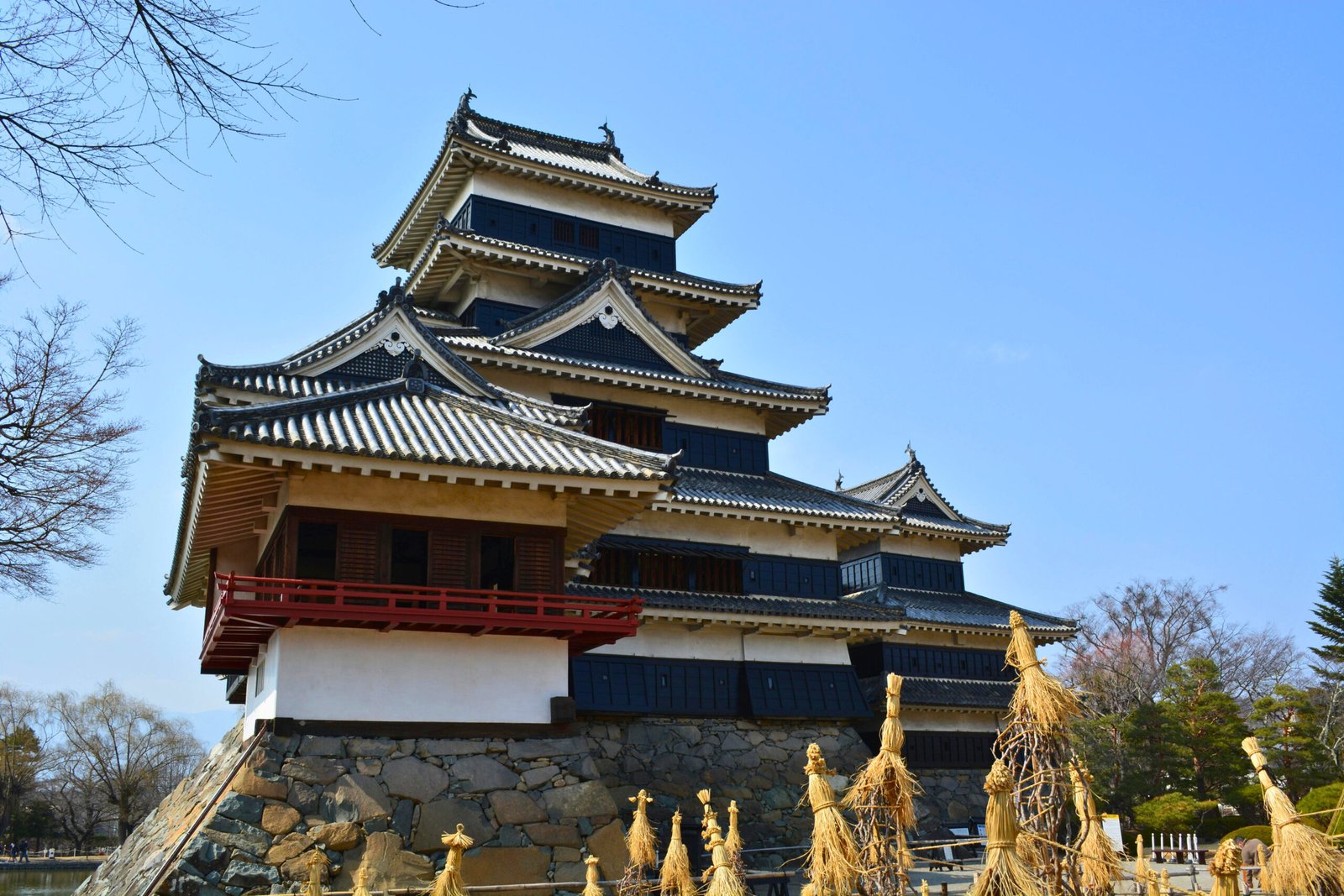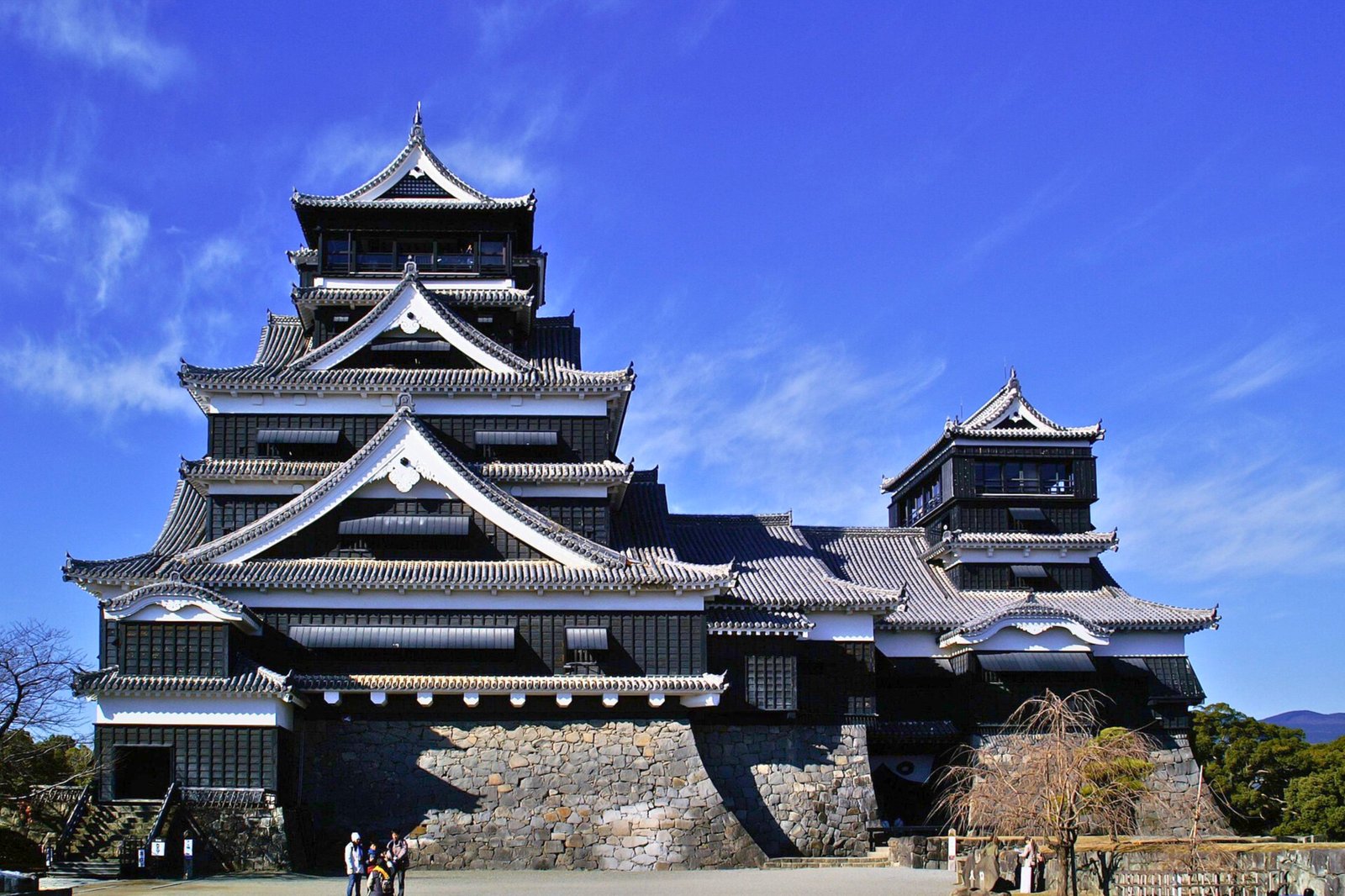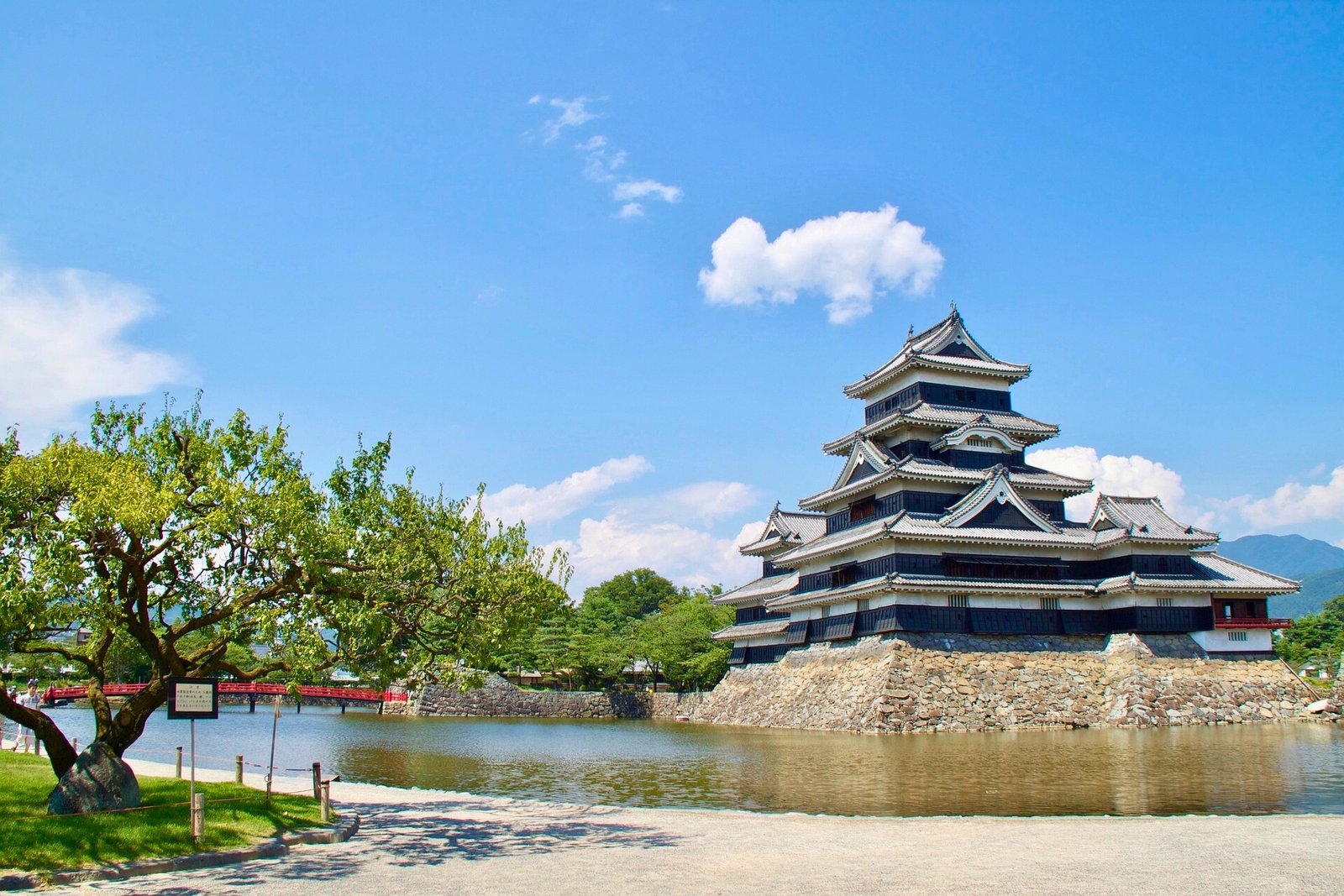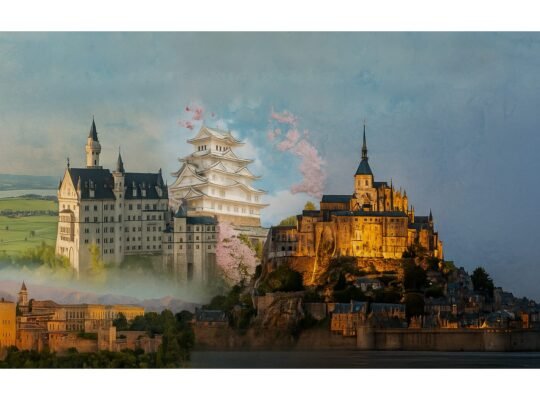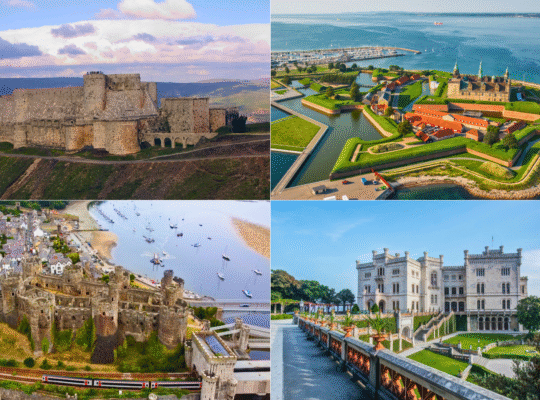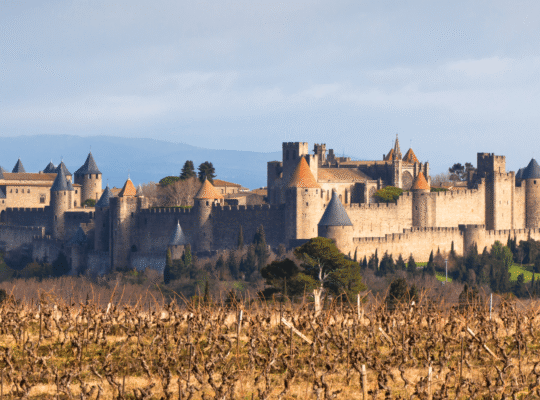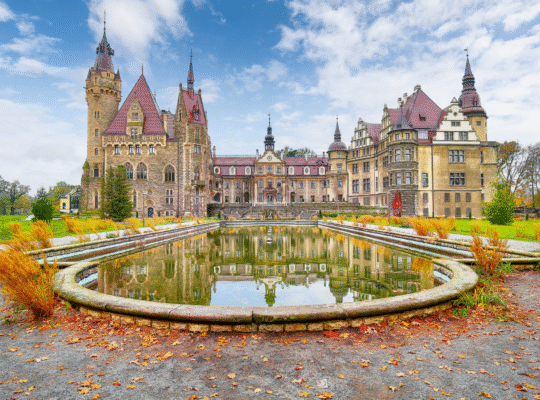I still remember the way my footsteps slowed as I approached Matsumoto Castle for the first time. It was early April, the sky clear, the air thick with the faint scent of cherry blossoms, and there it was—this brooding, beautiful fortress reflected in the still waters of its moat. Black, bold, and silent. Locals call it “Crow Castle” for its jet-black walls, but to me, it looked like something out of a dream I hadn’t realized I’d had.
Before that trip, I had only seen the castle in guidebooks and postcards. I figured I knew what to expect. But nothing quite prepares you for the real thing. The walls don’t just stand—they watch. The towers don’t just rise—they listen. There’s an energy here, a reverence, like the wind itself knows this place has stories to tell.
For anyone who loves history, architecture, or the poetry of quiet spaces, Matsumoto Castle isn’t just a destination—it’s a kind of meditation. It doesn’t overwhelm. It lingers.
It’s a castle that doesn't scream for attention but somehow steals it. You find yourself reflecting more. Slowing down. Realizing that beauty isn’t always ornate or loud—it can be in the grain of old wood, in the angle of shadow cast by a centuries-old eave.
Quick Facts
📍 Location: Matsumoto, Nagano Prefecture, Japan
🏗️ Construction Period: Late 1500s (original keep completed in 1594)
🏰 Architectural Style: Hirajiro (flatland-style), Sengoku-era design
🎭 Famous For: Original wooden donjon, black exterior, samurai history
👑 Notable Figures: Ishikawa Kazumasa, Toyotomi Hideyoshi
🏆 UNESCO Status: No (but designated National Treasure)
🌐 Website: https://www.matsumoto-castle.jp/lang/en/
History & Legends of Matsumoto Castle
Matsumoto Castle was born out of chaos. Back in the 1500s, Japan was a patchwork of feuding warlords, and castles were more than homes—they were strongholds, lifelines, symbols. What began as the modest Fukashi Castle eventually became Matsumoto Castle under the careful eye of Ishikawa Kazumasa, a loyal retainer to Toyotomi Hideyoshi.
Kazumasa and his son oversaw the creation of the grand six-story main keep, completed in 1594. What’s remarkable is that it still stands, in its original wooden form. Most Japanese castles have been rebuilt with concrete or steel. Not Matsumoto. It’s survived fires, earthquakes, and modern warfare.
And yet, it was nearly lost—not to war, but to bureaucracy. During the Meiji era, many castles were demolished in Japan’s rush to modernize. But the people of Matsumoto raised money to save their beloved landmark. Thanks to them, it became a National Treasure in 1936.
The castle also played administrative and symbolic roles over the centuries. Under the Tokugawa Shogunate, Matsumoto continued to serve as a critical post in Nagano’s regional governance. The lords who ruled here rotated through generations, each leaving architectural traces, changes to the surrounding gardens, or political markers recorded in scrolls.
Like any castle worth its salt, Matsumoto has its share of legends. There’s the tale of O-Maki, a servant girl entombed within the walls after being falsely accused of theft. Her restless spirit is said to wander the upper corridors. And then there are stories of tunnels, escape routes, and samurai letters tucked into wooden beams—each rumor lending a heartbeat to the timber walls.
One story tells of a feudal retainer who, fearing betrayal, locked himself in the highest room of the castle for weeks, meditating by moonlight until he starved. Whether truth or tale, his room is said to carry a chill even in summer.
To walk here is to step inside those stories. You don’t just see history. You feel it.
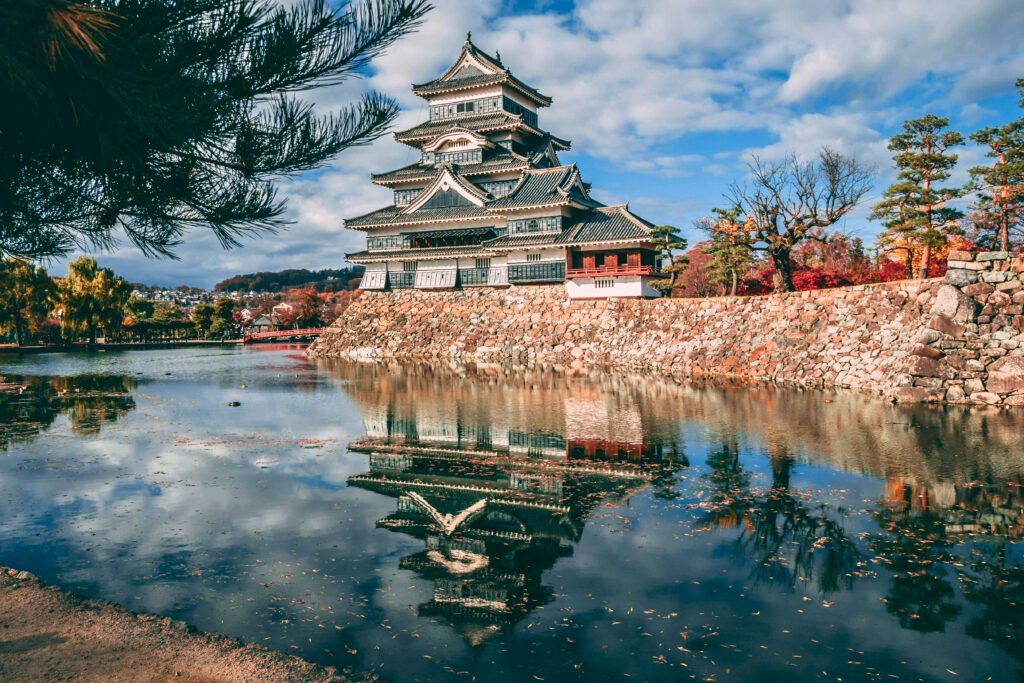
Architecture & Design
Matsumoto is one of Japan’s few surviving “hirajiro”—a castle built on flatland rather than a hill or mountain. Without elevation to protect it, its defenses had to be clever. Broad moats, interlocking stone walls, and strategically placed gates create layers of protection.
The main tower, or “tenshukaku,” appears to be five stories high—but step inside and you’ll discover a hidden sixth floor. The idea? Confuse invaders and give defenders the upper hand.
Inside, you’ll climb steep staircases worn smooth by centuries of feet. You’ll pass arrow slits, gun ports, and rooms once used for war councils. It’s a rare place where the architecture is both functional and deeply artistic.
Look up, and you’ll see beams with no nails—just intricate wooden joinery that’s held strong for over 400 years. Look down, and you’ll find stone-drop windows for defense. Even the layout itself is meant to slow intruders.
Beyond the donjon lies a network of baileys and watchtowers, some of which are no longer standing but remain visible in the layout of the grounds. Architectural surveys have revealed fascinating details about how the builders incorporated seismic flexibility—crucial in a country like Japan.
But it’s not all about war. The tsukimi yagura, or moon-viewing tower, offers a romantic pause from the castle’s militaristic tone. It overlooks the southern moat and was added during a more peaceful era. Standing there, gazing at the moon’s reflection, it’s easy to forget the castle was ever a place of battle.
In spring and autumn evenings, local musicians sometimes perform traditional shakuhachi flute or koto under lantern light—inviting visitors to experience the space as the lords of the past once did: in peace, with music and moonlight.
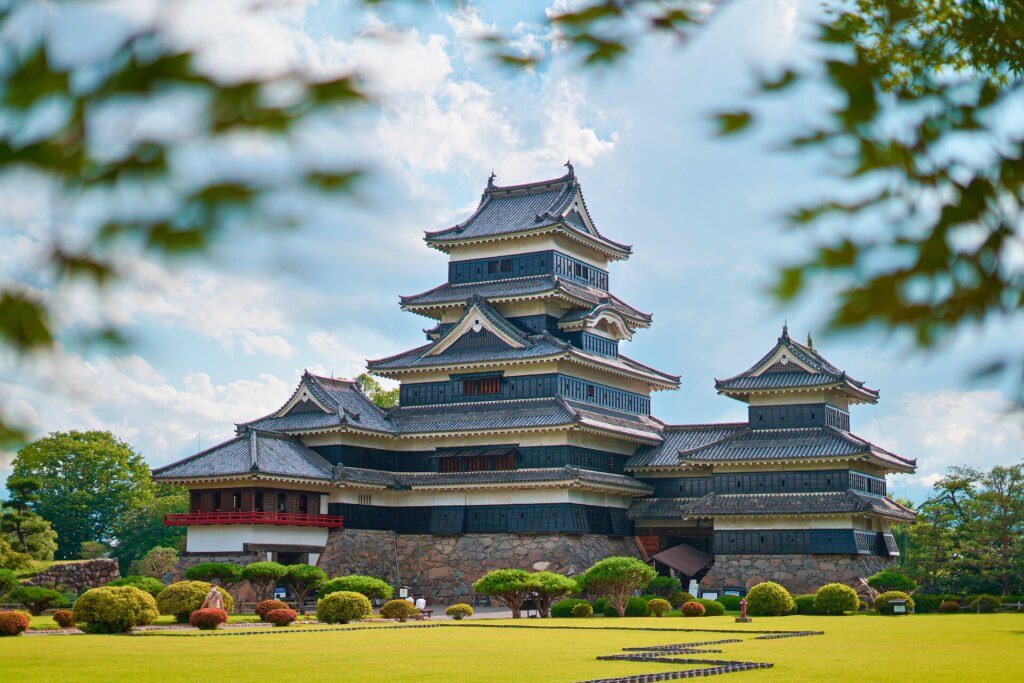
Visiting the Castle
🛣️ Getting There
From Tokyo, hop on the JR Azusa Limited Express at Shinjuku Station and enjoy a 2.5-hour scenic ride to Matsumoto. Once you arrive, it’s a short walk—about 15 minutes—to the castle. You’ll pass cozy cafes, shops selling handmade sweets, and tree-lined streets that make the journey feel like part of the experience.
If you’re coming from Nagano, Kamikochi, or Takayama, local trains and buses connect easily. Some travelers even rent bikes to tour the city and reach the castle with ease.
Travelers with a JR Pass can use it on the Chuo Main Line, which connects Shiojiri and Matsumoto. Rental cars are also available, and there’s well-signposted parking near the site.
🎟️ Entry Info
- Open: 8:30 AM to 5:00 PM (last entry 4:30 PM)
- Tickets: 1200 yen (adults), 400 yen (children)
- Tours: Free English-speaking guides are usually near the gate—highly recommended!
- Website: Matsumoto Castle
Pro tip: Get there early during peak seasons, especially cherry blossom time in April. Lines to enter the keep can get long.
Also check for seasonal events like the Taiko Drum Festival or samurai reenactments—especially fun if you’re traveling with kids.
Check the official website for the most up-to-date pricing, hours, and activities.
📅 Best Time to Visit
🌸 Spring: Sakura in full bloom. The castle framed by pink petals is postcard-perfect.
☀️ Summer: Lush greenery and occasional local festivals bring life to the grounds.
🍂 Autumn: Vivid foliage surrounds the castle. The air is crisp. The light—golden.
❄️ Winter: A dusting of snow turns the black castle into a living ink painting.
Don’t miss the early evening light-up events during certain seasons, when the castle is illuminated and the atmosphere turns almost theatrical.
♿ Accessibility & Tips
The park and outer grounds are wheelchair accessible, but the main keep’s interior—steep, narrow, and historic—isn’t. Wear comfortable shoes, bring a light jacket in cooler months, and travel light. Backpacks aren’t ideal inside.
Photography is allowed, but drones are prohibited. Consider visiting on a weekday for thinner crowds.
Stick around for twilight. As the sun sets, the castle lights up. Reflections shimmer in the water. It’s magic.
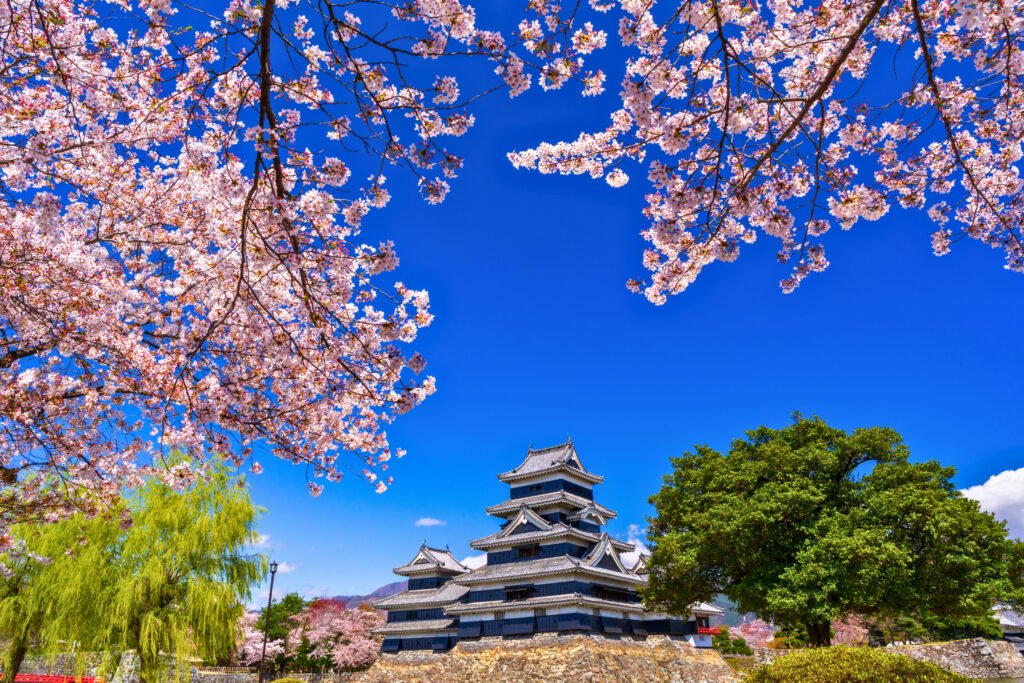
Nearby Attractions
Matsumoto has plenty to offer beyond the castle:
- Nakamachi Street: Edo-era merchant houses, charming shops, and locally brewed sake.
- Kaichi School Museum: A Western-style building from 1876—Japan’s oldest elementary school.
- Matsumoto City Museum of Art: Home to bold, polka-dotted works by Yayoi Kusama.
- Asama Onsen: Recharge in these local hot springs, just a short ride away.
- Utsukushigahara Plateau: A breathtaking sculpture park high in the Japanese Alps.
- Japan Ukiyo-e Museum: One of the largest collections of woodblock prints in the world.
- Agata Forest Park: A tranquil escape within walking distance, with shaded trails and local birdsong.
- Kamikochi Valley: Slightly farther, but perfect for a day trip if you love mountain hikes and alpine scenery.
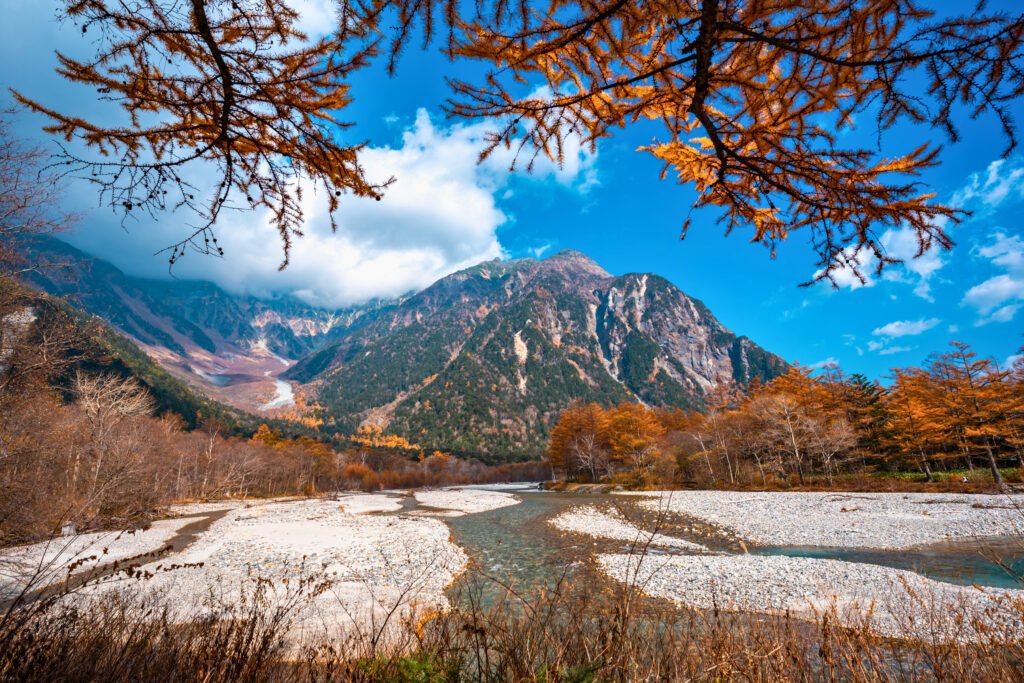
Final Thoughts
Some castles impress you with grandeur. Matsumoto? It humbles you with stillness.
Every inch of this fortress is layered with memory—some written down, some whispered through time. It’s not flashy. It’s not loud. But it’s unforgettable.
If you’ve ever stood in its moon-viewing tower or paused under the cherry blossoms, you’ll know what I mean. If not—go. Walk its halls. Let the wood creak beneath your feet. Listen.
💬 Have you visited Matsumoto Castle? Share your story in the comments!
👉 Don’t miss our full guide to Himeji Castle—Japan’s white heron to Matsumoto’s black crow.
📸 If this article sparked your curiosity about the castles, follow along. We are on Instagram, Pinterest, Facebook, and X, too. More castles (and more stories) are just around the bend. Explore all our castle adventures here!

